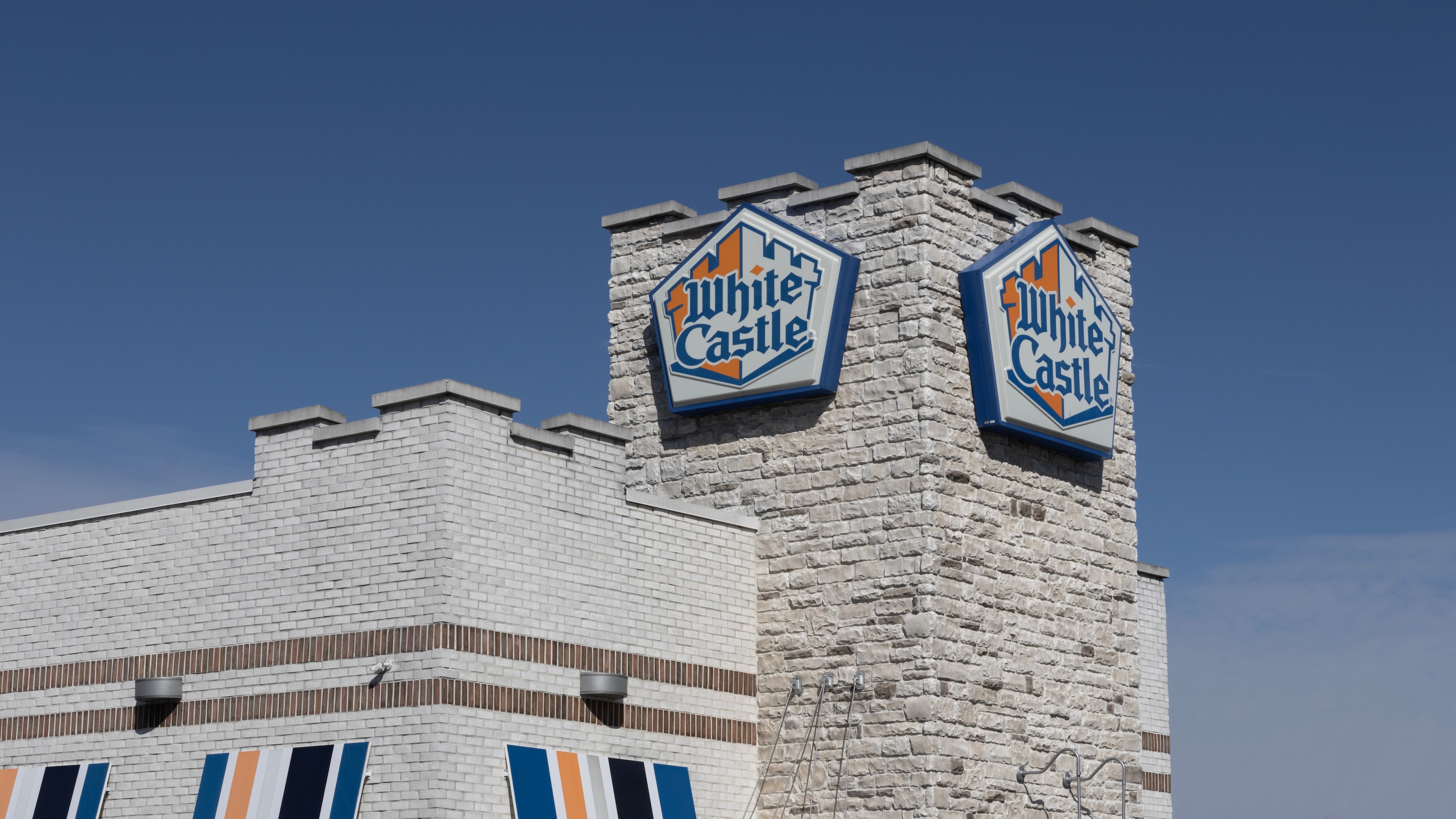Romance At White Castle: How To Do Business The “evergreen” Way

As a former associate partner at Kleiner Perkins Caufield & Byers during Silicon Valley’s big shift, I witnessed the VC industry pivot from a proven forty-year playbook of managing risk to something much more aggressive: Get big fast. Don’t worry about profitability. Cash out and find another venture. After a while I grew tired of this model and wanted to find a better way to build companies: a way focused on long-term stability and steady growth, funded through profitability; a way in which leaders were committed to a purpose greater than personal wealth generation, to being people first, and making their companies endure. These companies are what I call “Evergreen.”
One of the champions of the Evergreen business model is CEO Lisa Ingram of fast-food hamburger chain White Castle. Before meeting her, I had no idea that White Castle was the first fast-food hamburger chain in the world. It had been founded by Lisa’s great grandfather Billy Ingram and his partner, Walter Anderson, in 1921—thirty-four years before McDonald’s and twenty-seven years before In-N-Out Burger.
As a West Coaster my whole life, I had never been to any of White Castle’s more than 350 locations in the Midwest and New York metropolitan area. I was amazed to learn how the company invented the hamburger bun and the “slider”—two-inch square burgers that initially sold for five cents each and were so easy to eat they “slid” down the throats of customers. Unlike other burgers, each White Castle slider had five holes in it (to cook faster and more evenly) and was steamed on a bed of onions rather than grilled. In 2014, Time magazine called White Castle’s Original Slider the most influential burger of all time.
Like In-N-Out, the company had always prided itself on the quality of its food and the treatment of its employees. It was decades ahead of its time in offering health insurance for team members, for example, but it shunned any change in its menu. For forty-one years, its restaurants served the same five products—burgers, fries, apple pie, Coca-Cola, and coffee. Its first menu change came in 1962 when it began offering the option of adding a slice of cheese to the slider. That’s Paced Growth. And focus.
Yet the White Castle burgers were undeniably popular—so popular, in fact, that customers were buying them in bulk, a practice that mystified Lisa’s father, Bill Ingram III, who had taken over in 1979. When he did his annual tour of the shops in the early 1980s, he noticed customers buying twenty sliders at a time—four to eat right there and sixteen to take with them. He asked the customers what they planned to do with all those extra sliders. They said they’d freeze them and heat them up in a microwave later, when a craving hit.
Bill saw a new market—and a potentially huge one—selling sliders retail at grocery stores and in its own shops. To serve the market, the company developed new packaging for multiple sliders under the rubric “Crave.” There was a ten-slider Crave Sack, a twenty-slider Crave Clutch (in a box), a thirty-slider Crave Case, and a one-hundred-slider Crave Crate.
It was Lisa Ingram, however, who opened wide the pragmatic innovation floodgates when she became president and CEO in 2015. While continuing to serve White Castle’s signature beef sliders and fries, the company began offering several new products ranging from crab cake sliders to chicken and shrimp “Nibblers,” and Impossible (imitation beef) sliders for vegetarians. It also introduced a robot called Flippy 2 that could handle the deep-fry baskets, and “Julia,” an AI for drive-through orders.
The latter developed in partnership with Mastercard, one of many such arrangements, some of which were forged with White Castle loyalists. Telfar Clemens, for example, is a fashion designer and founder of the label Telfar, not to mention a lifelong craver from Queens. He contacted the company on its toll-free 800-line and introduced himself to Lisa, who saw an opportunity for a partnership by having Telfar design the uniforms employees would wear in 2021 while celebrating the company’s hundredth anniversary.
Then there was the late Stan Lee, former president and chairman of Marvel Comics and co-creator of Spider-Man, the Fantastic Four, and a host of other superheroes. Another lifelong White Castle fan from the Bronx, he was inducted into the White Castle Cravers Hall of Fame, along with Telfar, rocker Alice Cooper, and others.
Creativity doesn’t happen in environments of fear or greed.
Perhaps the most remarkable innovation came from a White Castle in Minneapolis. The manager there was familiar with all her regular customers, including a couple she knew would not be able to afford an expensive restaurant meal for the upcoming Valentine’s Day. She offered to treat them to a meal at White Castle instead. When they came in, they found a table with a white cloth, flowers, and a reserved sign. The manager welcomed them, seated them at the table, and then waited on them while the other fast food customers looked on in bewilderment and curiosity. The next Valentine’s Day, she set up all her tables with white cloths and flowers and took reservations. It was an even bigger success. The following year, all the White Castles in Minneapolis did it. After that, all the restaurants did it, with reservations available on OpenTable. In 2020, White Castle had 36,000 reservations for February 14. If you wanted in, you’d need to make a reservation a year in advance.
Great Evergreens, as I was seeing repeatedly and especially at White Castle, sourced pragmatic innovation ideas from all levels of the organization. This Valentine’s Day idea that has been so successful and positive for their brand arose from the creativity, kindness, and customer care of a store manager helping one customer. A manager who in turn must have felt deeply valued and supported by the company. Creativity doesn’t happen in environments of fear or greed.
This article Romance at White Castle: How to do business the “evergreen” way is featured on Big Think.


